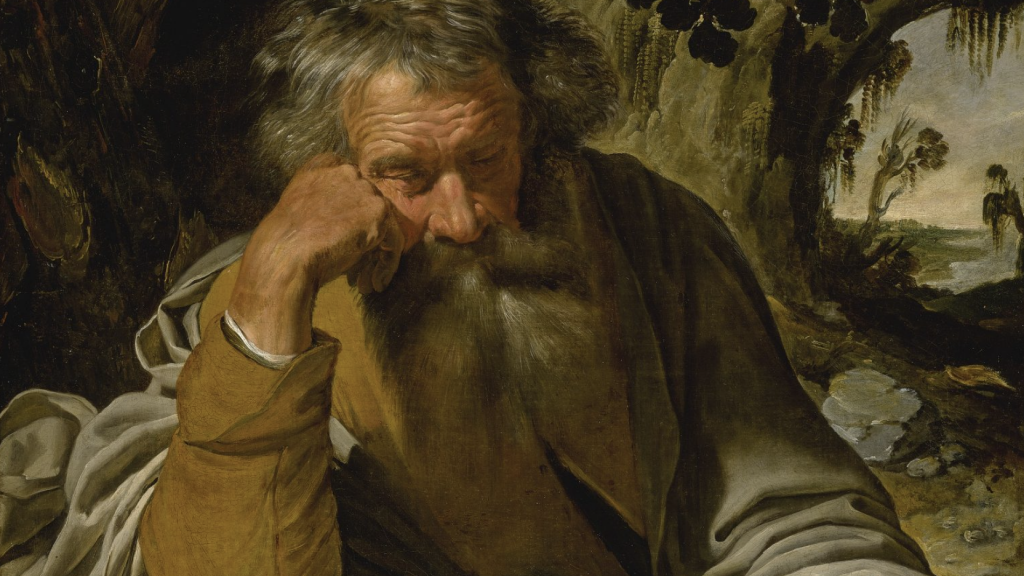St. Andrew was an apostle, a fisherman from Bethsaida, brother of Simon Peter, who eventually gave his life for his faith. From Scripture, we learn that “Andrew, the brother of Simon Peter, was one of the two who heard John and followed Jesus. He first found his own brother Simon and told him, ‘we have found the Messiah.’ Then he brought him to Jesus” (Jn 1:40-42).
St. Andrew is said to have spread Christianity in Russia and Asia Minor in the first century. The Romans crucified him in Greece, on an X-shaped cross. This cross is now his distinctive symbol. It’s also the symbol of Scotland, and St. Andrew is the country’s patron.
Some of St. Andrew’s remains were moved to Scotland in the fourth century. Other remains are in a crypt at the cathedral in Amalfi, Italy. When these remains are removed twice a year, they are said to produce a clear, watery substance, which is called “manna” and allegedly has miraculous attributes.

